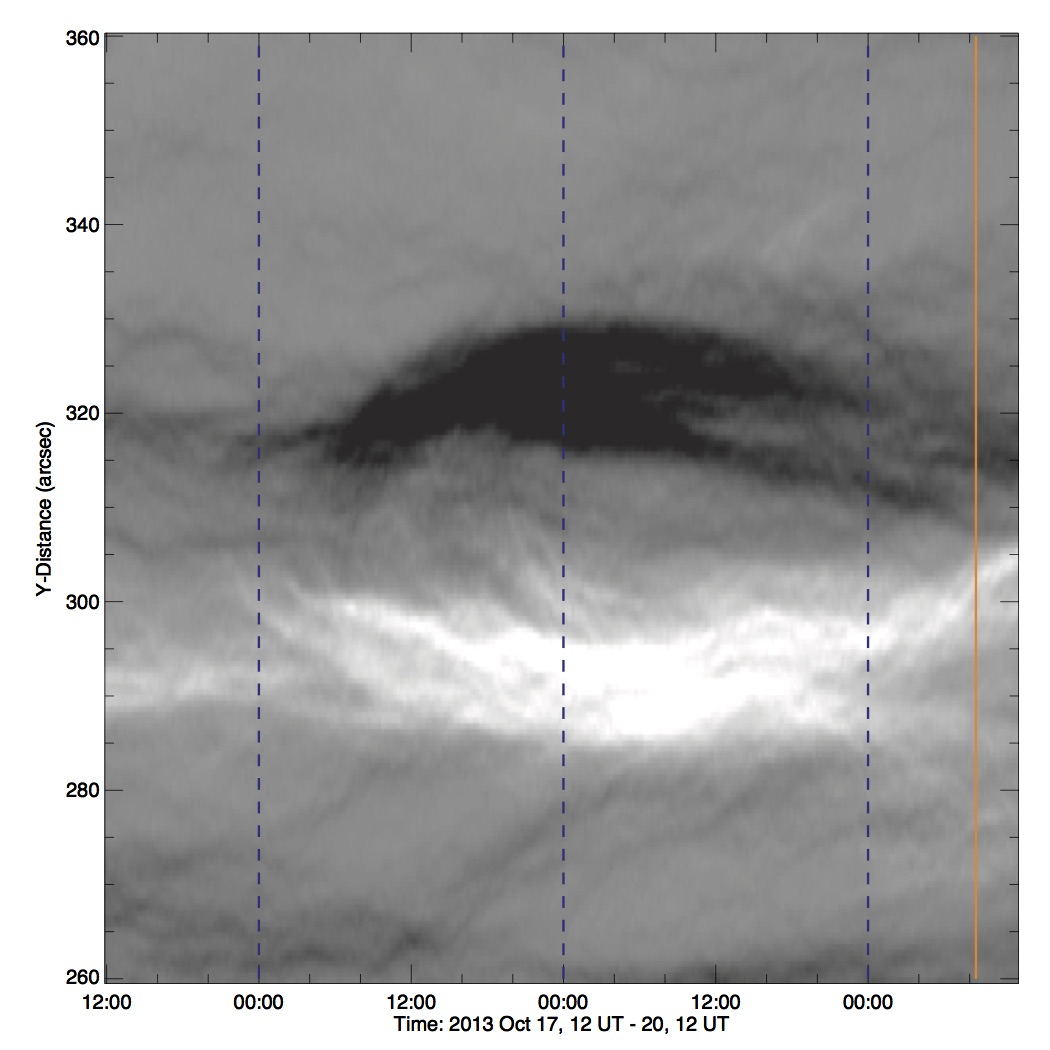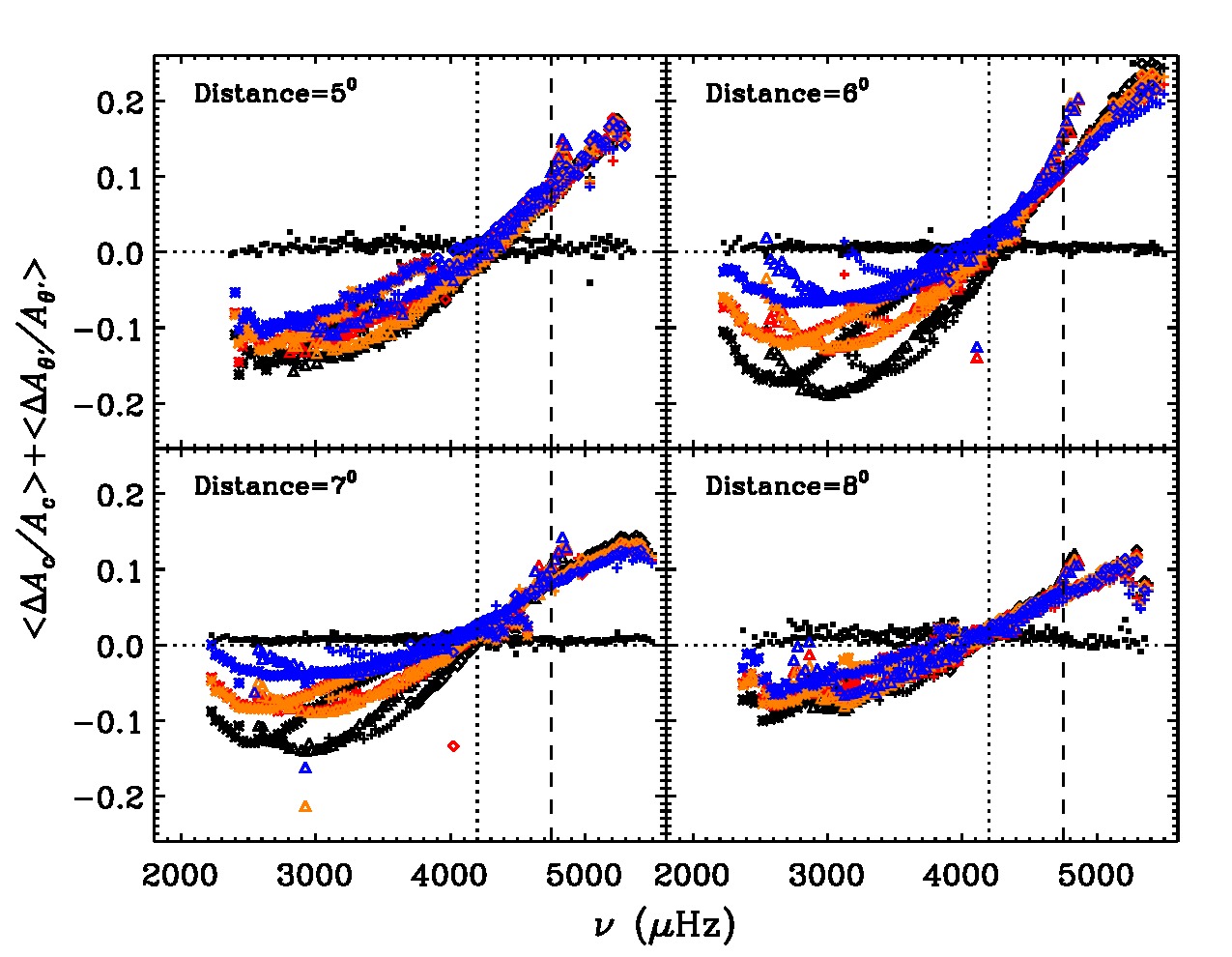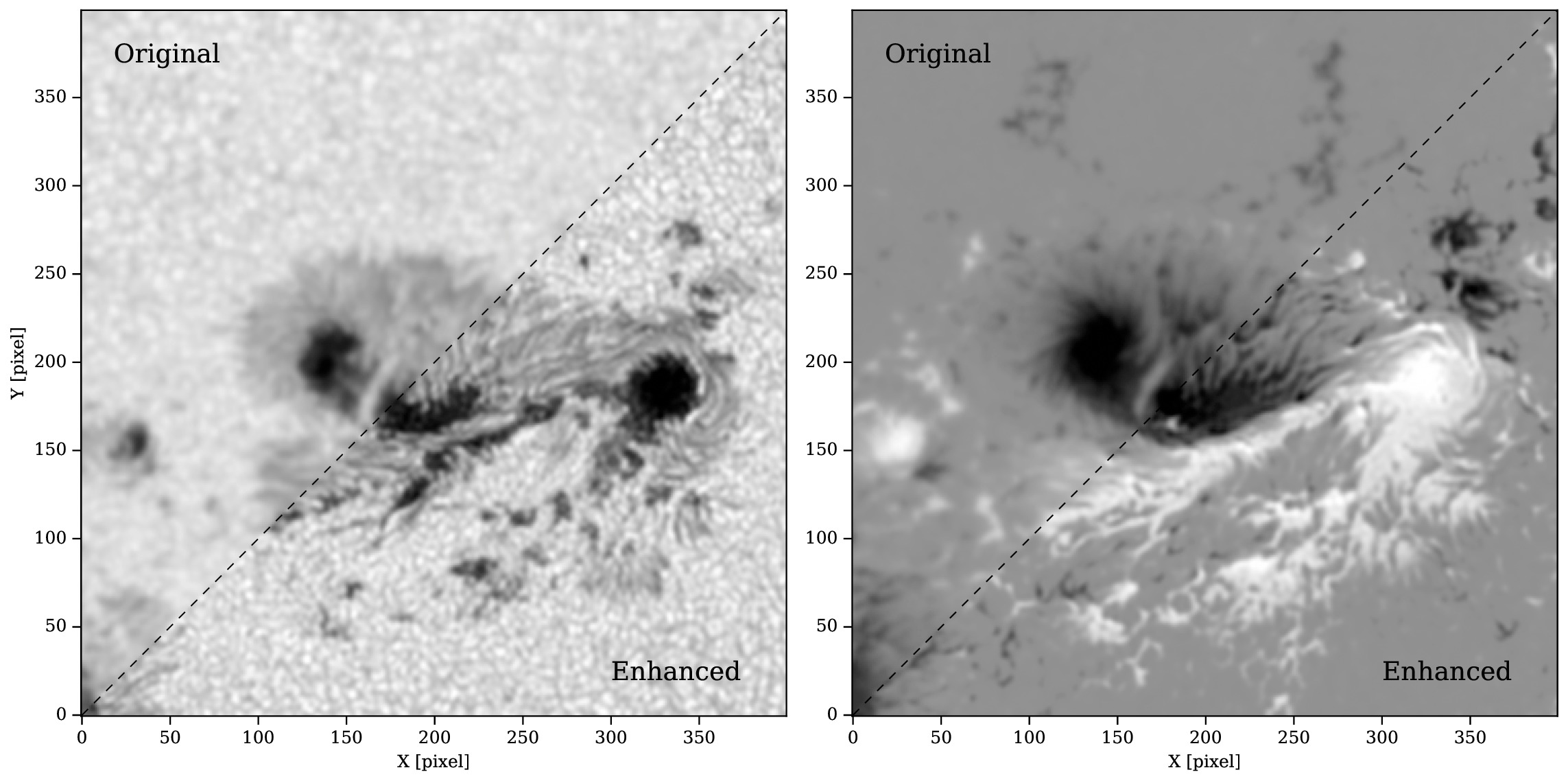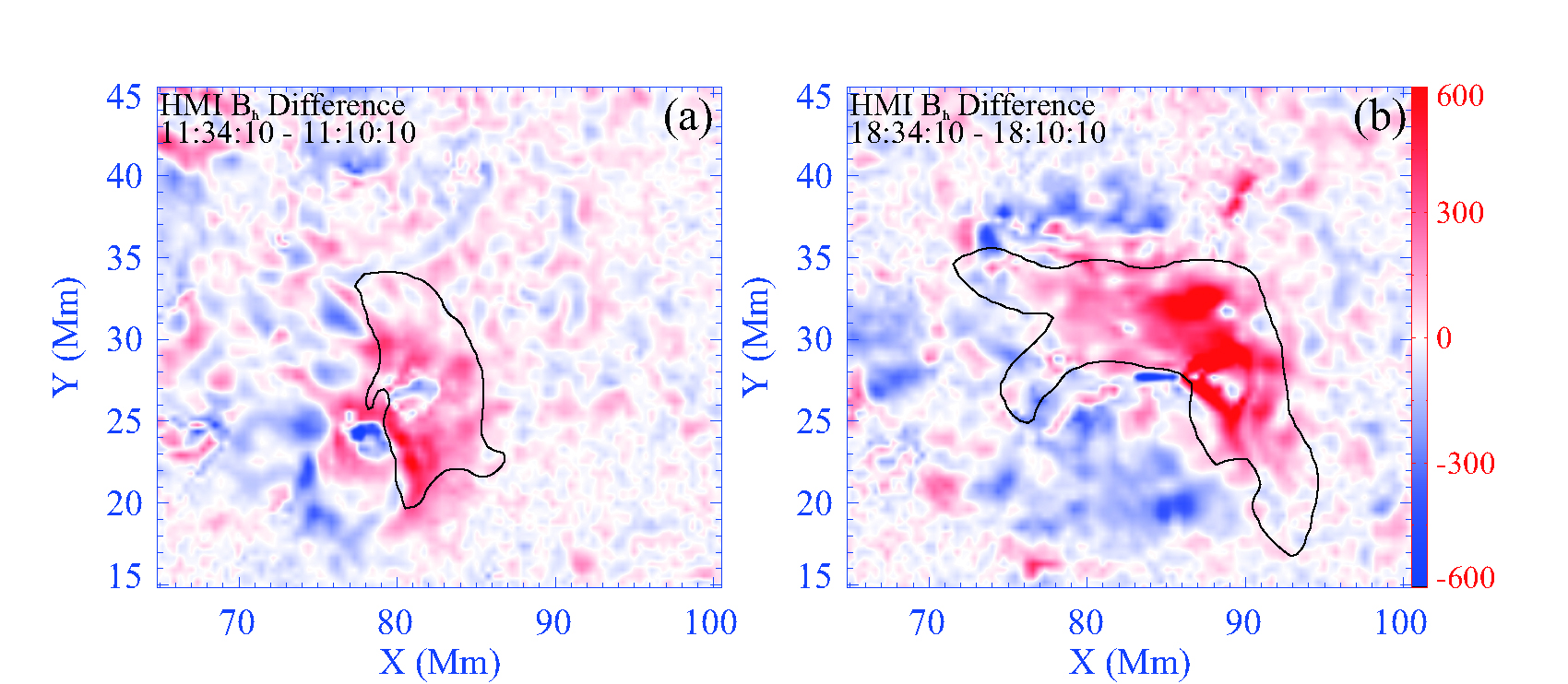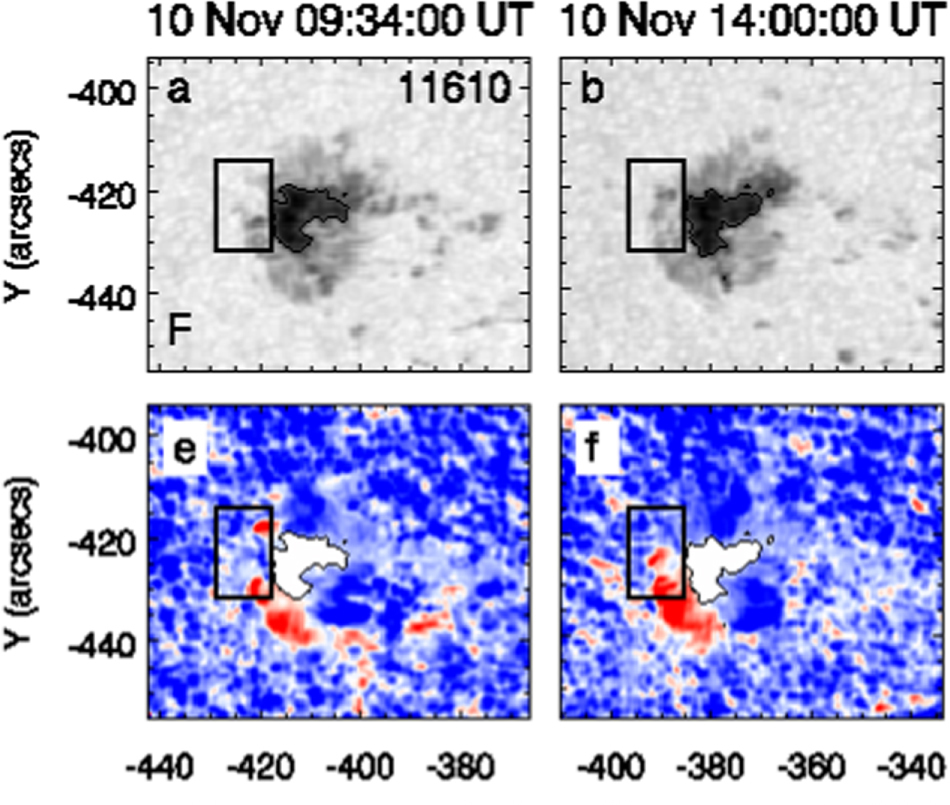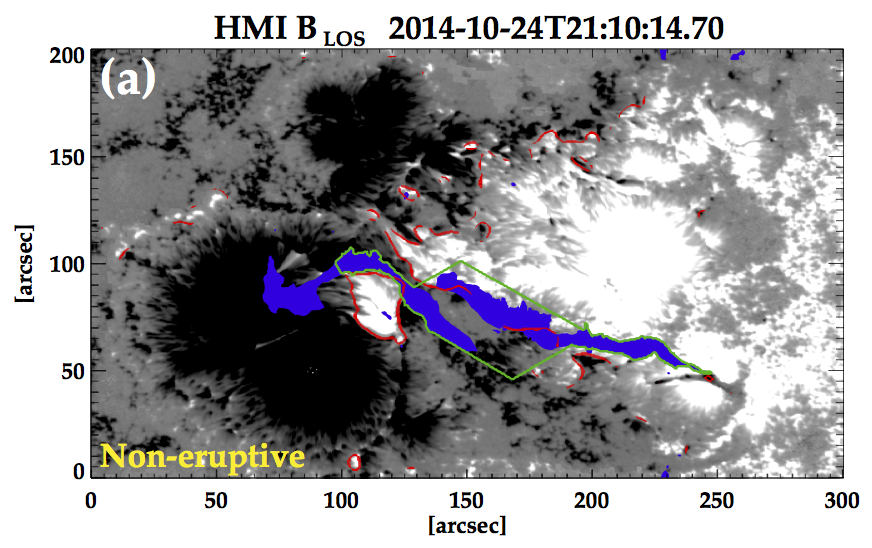Tag Archives: active regions
104. Analysis of the Effects of Sunspots in Their Quiet Surroundings
103. Enhancing SDO/HMI Images Using Deep Learning
99. A Comparative Study between A Failed and A Successful Eruption Initiated from the Same Polarity Inversion Line in AR 11387
96. Evaluation of Applicability of a Flare Trigger Model Based on a Comparison of Geometric Structures
93. Formation of Penumbra in A Sample of Active Regions Observed by the SDO Satellite
90. A Comparative Study of the Eruptive and Non-Eruptive Flares Produced by the Largest Active Region of Solar Cycle 24
AR12192, the largest active region in Solar Cycle 24, produced 6 X-class flares, but none of them were associated with a CME. However, a much weaker flare, of M4.0-class, was associated with a CME. Magnetic field and morphological changes are analyzed during these flares to understand why this is the case.

